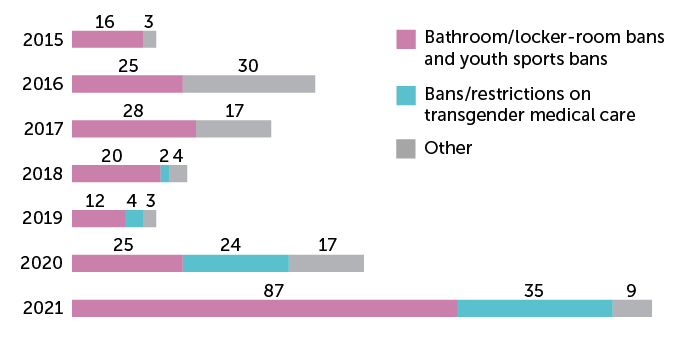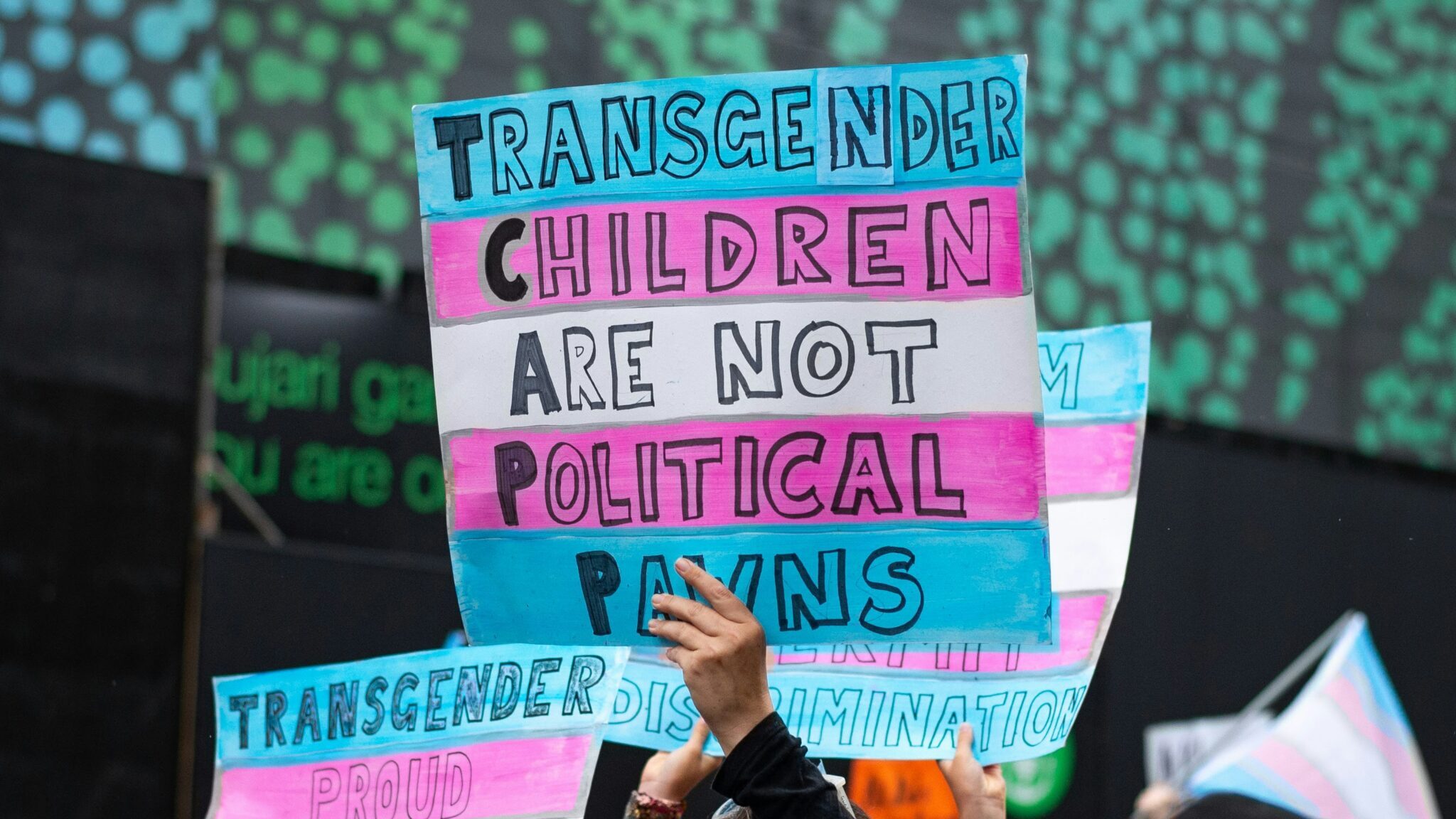Daniel’s birth certificate is marked “female.” But Daniel does not identify as exclusively male nor female. Daniel is nonbinary. “I’m masculine leaning,” the 18-year-old says.
Daniel knew they were not a girl by about age 4. But the disconnect between Daniel’s body and gender identity became unbearable during puberty. “I hated showers because I didn’t like looking at my body,” Daniel says. “I just felt really uncomfortable with the idea of being female.” At age 13, Daniel came out to their mother as transgender. Someone who is transgender has a gender identity that does not match the sex assigned to them at birth.
After coming out, Daniel started seeing a therapist who specialized in gender. The next year, they were referred to a doctor who prescribed testosterone. This hormone caused Daniel to develop more masculine features. For Daniel, the most important effect was a deeper voice. “My biggest problem with getting [seen as a girl] was that my voice was really high,” Daniel says. (Daniel’s last name is not being used to protect their privacy.)
Before starting hormone therapy, Daniel considered suicide. With testosterone, they’re happier with life. “I definitely feel more like myself. Like I was just existing before, but now I’m living — now that I’m open to everyone about who I am, and … I’m open to myself,” says Daniel. “Starting testosterone, for me, saved my life.”
Hormone therapy is just one method of gender-affirming health care. The term includes treatments that help people express their gender identity. This care looks different for people of different ages. In young kids, it involves letting them use a name and pronouns that match their gender. Adolescents may take drugs to delay puberty, followed by hormones. Some later undergo surgery.
Gender-affirming treatment is the standard of care for transgender people in the United States. About 1.8 percent of American high schoolers are transgender. That’s according to the U.S. Centers for Disease Control and Prevention. But some U.S. lawmakers have recently tried to make these treatments illegal.
In April, Arkansas became the first state to ban gender-affirming care for minors. Similar bills have cropped up in more than a dozen other states. Several of the proposals have failed. Still, experts warn, this legislation may harm the mental health of trans youth.
“Even if the bills don’t pass … the damage is being done,” says Jason Klein. He’s an endocrinologist in New York City. That’s a doctor who specializes in hormones. Klein works at New York University Langone Health. “Many people across this country are already going to be hurt just by the ideas being put out by these bills.”
Those who support health-care restrictions say they want to protect children from procedures they may later regret. They also want to protect kids from any risks such medical treatments may pose. Those risks might include impacts on bone health and fertility. Yet the American Academy of Pediatrics endorses gender-affirming care. So do other medical associations. These groups say that restricting access to gender-affirming care could harm the mental health of trans youth. This population is already at severe risk of depression and self-harm. Transgender youth are three to four times as likely as their peers to have depression or anxiety. And they’re at much higher risk of suicide.
Gender-affirming care offers hope, says Jack Turban. He’s a child and adolescent psychiatry researcher at Stanford University School of Medicine in California. “All existing research suggests that gender-affirming medical interventions improve the mental health of transgender youth.”
The post appeared first on sciencenewsforstudents





